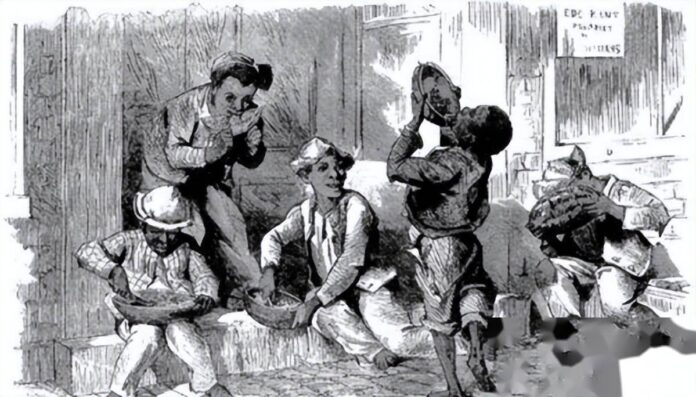The Origin and Spread of Watermelons
Watermelons originated in Africa
The domestication of watermelons began around 4,000 years ago in Northeast Africa, specifically in what is now Sudan and Egypt. Archaeological evidence suggests that ancient Egyptians started cultivating watermelons early on, as depicted in wall paintings and seeds found in ancient tombs.
Initially, larger, less bitter, and more watery fruits were selectively bred and cultivated. Over the centuries, through natural and artificial selection, watermelons gradually evolved from small, bitter wild fruits into the large, sweet, and juicy fruits we know today.
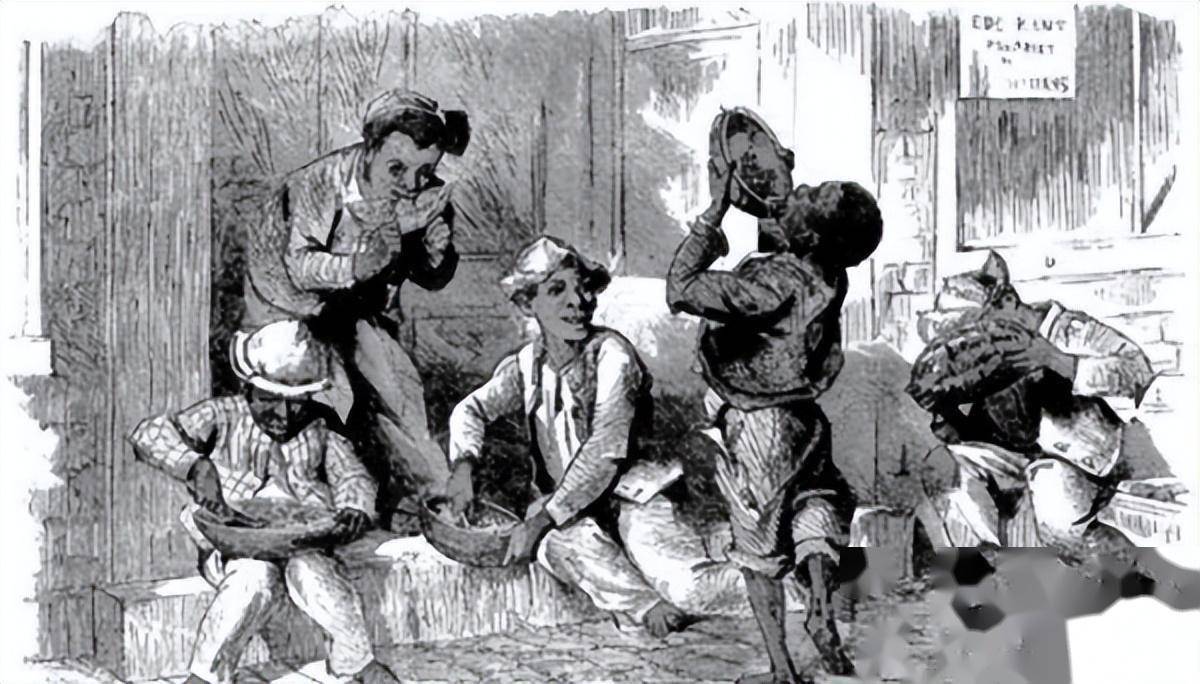
Watermelons originated in Africa, particularly in Southern Africa, where various wild species of watermelon can be found. The scientific name of the original wild species is Citrullus lanatus, which is quite different from the sweet watermelons we know today. Their fruits were small, with thick rinds, bitter flesh, and little water. However, they were drought-resistant and provided a valuable source of water for humans and animals in arid environments.
Watermelons became an integral part of ancient Egyptian culture, not just as a food source but also as a symbol in rituals and religion. From Egypt, watermelons spread to other parts of the Mediterranean region and later to Europe through trade routes. As the Arab Empire expanded in the 7th and 8th centuries, they brought watermelons to the lands they conquered, including Spain and North Africa.
Introduction to Eastern Countries via the Silk Road
With the opening of the Silk Road, watermelons gradually made their way into China and other Eastern countries.
In China, watermelons became an indispensable summer fruit for cooling off. They even invented a special utensil for eating watermelons—the watermelon bowl—and developed the art of watermelon carving, vividly expressing their unique love and emotions for watermelons.
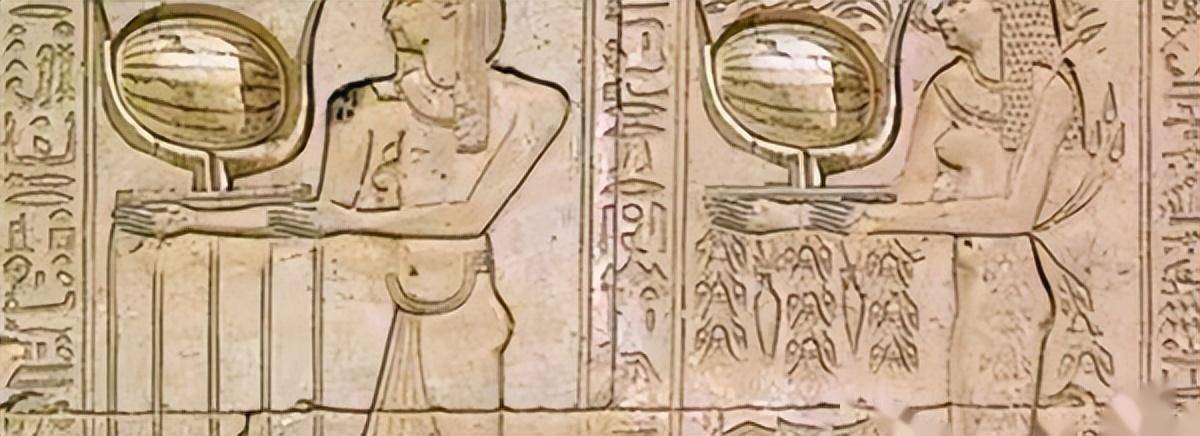
Recent research has indicated that the ancestor of the sweet watermelons we enjoy today was actually a white-fleshed wild species native to Northeast Sudan, close to Egypt. It was from this wild species that humans, through domestication, created the diverse and sweet watermelons we have today.
Spread in the United States
In the United States, the popularity of watermelons is closely tied to the history of slavery. The first people to bring watermelons to America were African slaves.
Later, to control the slaves, Southern plantation owners began using watermelon seeds to restrict their freedom, making watermelons one of the symbols of slavery and racial discrimination.
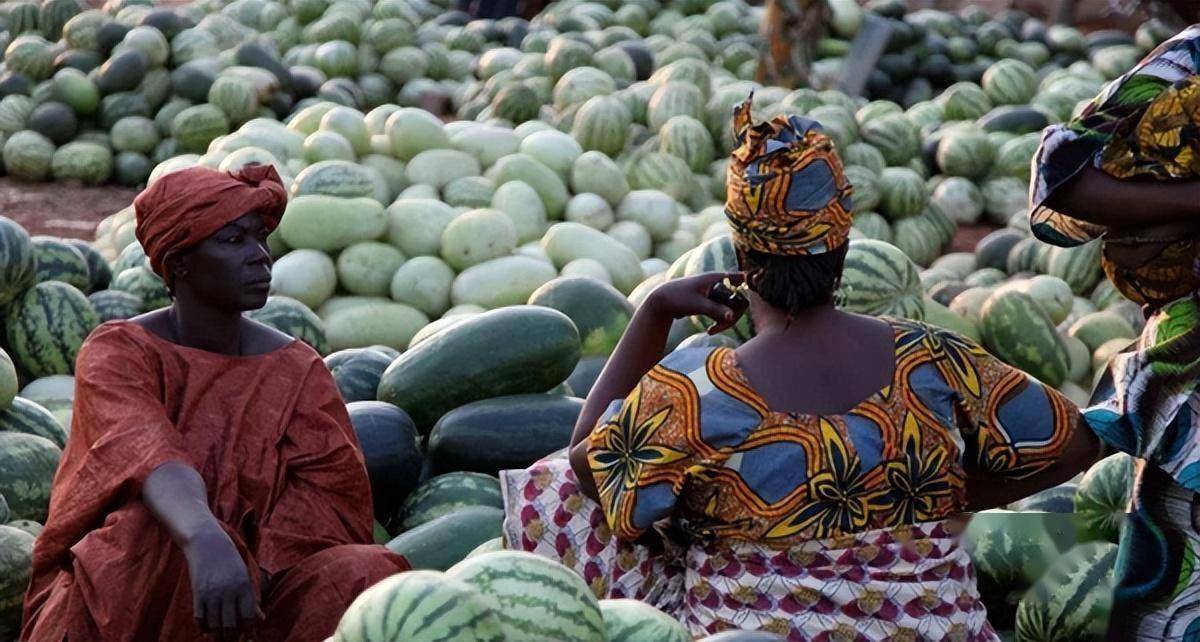
Over the centuries, watermelons have undergone breeding and selection to create desirable traits such as larger fruits, thinner rinds, fewer seeds, and sweeter flavors. Today, there are hundreds of watermelon varieties cultivated worldwide, ranging from seedless and yellow-fleshed watermelons to small, single-serving-sized watermelons.
Cultural Significance of Watermelons
Watermelons, with their refreshing red flesh and sweet taste, hold various cultural meanings in different countries around the world. In China, watermelons symbolize luck, prosperity, and love. They are commonly used in festivals and important events, such as Chinese New Year. Carved watermelons are considered works of art and convey blessings.
In ancient Egypt, watermelons were regarded as gifts from the gods and were used in religious ceremonies. Watermelon imagery is prevalent in ancient wall paintings, highlighting their significance in Egyptian life. In Vietnam, the folk tale of Mai An Tiêm and the watermelon has become an integral part of Vietnamese folklore. Watermelons symbolize wealth, good fortune, and filial piety.
In Western countries, this fruit is often associated with summer, beaches, and leisure. It also symbolizes youth and vitality.
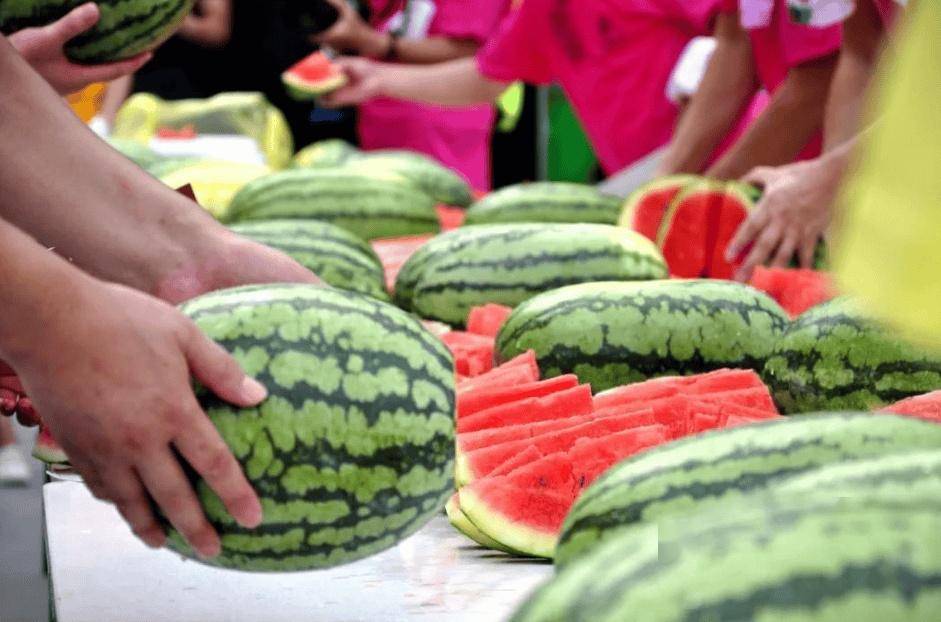
One of the most significant developments was the creation of seedless watermelons, a scientific achievement of the 20th century. This process involved producing hybrid plants with abnormal chromosome counts, resulting in seedless fruits that met the growing consumer demand.
The Relationship Between Food and Culture
The spread and development of watermelons truly reflect societal advancements and cultural shifts in different regions. Whether in Eastern or Western countries, people’s knowledge and understanding of watermelons were influenced by the social and historical context of their time, resulting in entirely different cultural implications.
As carriers of culture, foods can often reflect societal structures, religious beliefs, lifestyles, and other aspects of an era. The way people consume and interpret food also influences and shapes the inheritance and evolution of culture, resulting in a rich and colorful culinary culture, as well as diverse historical memories and emotional experiences.


























